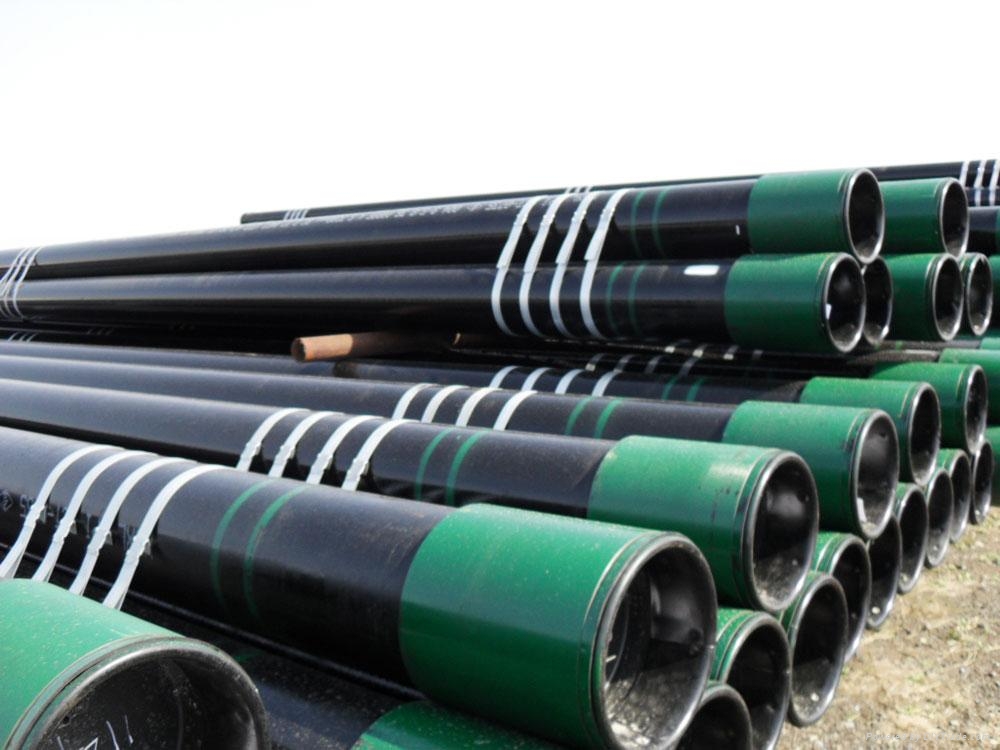Steel Casing Pipe, also known as encasement pipe, is most commonly used in underground construction to protect utility lines of various types from getting damaged. Such damage might occur due to the elements of nature or human activity. Steel casing pipe is used in different types of horizontal underground boring, where the pipe is jacked into an augered hole in segments and then connected together by welding or by threaded and coupled ends, or other proprietary pipe connectors such as the interference-fit Permalok interlocking push-on joint. The steel casing pipe can also be set up and welded into a “ribbon” and then directionally pulled through a previously drilled hole under highways, railroads, lakes and rivers.
Steel casing pipe protects one or many of various types of utilities such as water mains, gas pipes, electrical power cables, fiber optic cables, etc. The utility lines that are run through the steel casing pipe are most commonly mounted and spaced within the steel casing pipe by using “casing spacers” that are made of various materials, including stainless steel or carbon steel and the more economical plastic versions. The ends of a steel casing pipe “run” are normally sealed with “casing end seals”, which can be of the “pull-on” or “wrap-around” rubber varieties. Steel casing pipe is also used in the construction of deep foundations. We have a large inventory ofASTM A252Steel Pipe Casing, Grade 2, Grade 3, and “limited service pipe”.Normal inventory includes pipe diameter sizes: 2″, 3″, 4″, 6″, 8″, 10″, 12″, 14″, 16″, 18″, 20″, 22″, 24″, 30″, and 36″. Also available in larger diameters to 110″ with wall thicknesses ranging in thickness from .25″ – 1″ depending upon the pipe OD.








